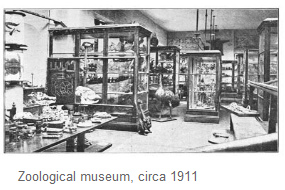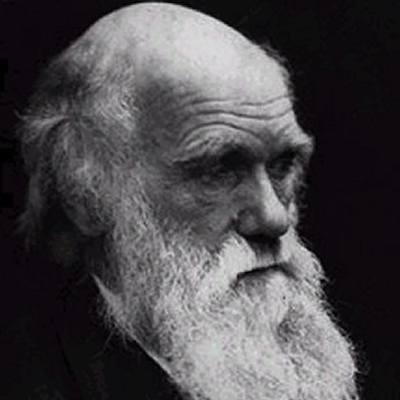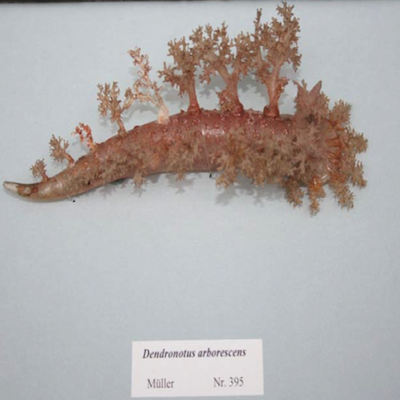-
Courses

Courses
Choosing a course is one of the most important decisions you'll ever make! View our courses and see what our students and lecturers have to say about the courses you are interested in at the links below.
-
University Life

University Life
Each year more than 4,000 choose University of Galway as their University of choice. Find out what life at University of Galway is all about here.
-
About University of Galway

About University of Galway
Since 1845, University of Galway has been sharing the highest quality teaching and research with Ireland and the world. Find out what makes our University so special – from our distinguished history to the latest news and campus developments.
-
Colleges & Schools

Colleges & Schools
University of Galway has earned international recognition as a research-led university with a commitment to top quality teaching across a range of key areas of expertise.
-
Research & Innovation

Research & Innovation
University of Galway’s vibrant research community take on some of the most pressing challenges of our times.
-
Business & Industry

Guiding Breakthrough Research at University of Galway
We explore and facilitate commercial opportunities for the research community at University of Galway, as well as facilitating industry partnership.
-
Alumni & Friends

Alumni & Friends
There are 128,000 University of Galway alumni worldwide. Stay connected to your alumni community! Join our social networks and update your details online.
-
Community Engagement

Community Engagement
At University of Galway, we believe that the best learning takes place when you apply what you learn in a real world context. That's why many of our courses include work placements or community projects.
Museum History
Founded in 1851
The museum was initially administered by a Museum Committee set up in 1851 and provided with a sum of approximately £100 annually for the purchase of specimens. This money came partly from funds allocated to the Chairs of Natural History and Geology and partly from donations. The specimens with which the museum first opened were purchased from the Zoological Society of London. More were acquired during the term of office of the inaugural Professor of Natural History, A.G. Melville, and his successor William King, and these were augmented by gifts and presentations, mainly from private individuals.The collection of animal and plant specimens now housed in the Zoology and Marine Biology Museum on the ground floor of the Martin Ryan Institute started out as part of a much larger collection at its inception around 160 years ago. When NUIG, then Queen’s College Galway, first opened for business in 1849, museums were regarded as being equally necessary to lecture halls and laboratories for teaching purposes. Consequently, a museum housing specimens for the teaching of Natural History, Geology and Mineralogy was established in that part of the Quadrangle occupied today by Earth and Ocean Sciences and the James Mitchell Museum.

Those parts of the collection pertaining to Zoology resided mainly in cabinets along the corridors of the ground and first floors of the building, with material that could not be displayed therein set aside in a store adjacent to the present day Anatomy Department. Tragically, an unknown number of these specimens were lost in a fire there in the late 1960s; and some further losses were incurred in the course of storage in less-than-ideal conditions in the basement of the Grammar School in College Road.
In spite of these setbacks, the modern collection still contains an eclectic mix of specimens ranging across the full spectrum of Zoological interest. As well as serving as an important assest for Zoology students, the collection is also a source of inspiration, education and enjoyment for students of Art, for many school classes, primary and secondary, and for the members of the general public who visit it.


















